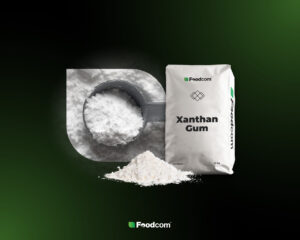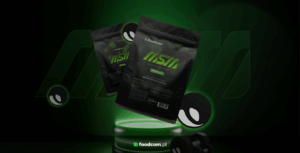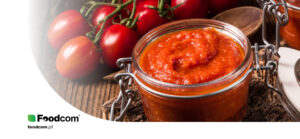- An annual growth rate of 4.01% is forecast for sodium glutamate, with the Asia-Pacific region dominating the market.
- Citric acid prices are rising due to logistical disruptions and geopolitical tensions.
- Aspartame prices are falling significantly due to changing consumer preferences and growing health concerns.
Hello Partners!
Welcome back to our Newsletter!
Commodity markets are experiencing dynamic changes, affecting prices and availability of key products. From declines in Glycine and Aspartame prices to increases in Citric Acid prices, changing consumer preferences, geopolitical tensions and logistical concerns are shaping these trends. In addition, the market for Monosodium Glutamate (MSG) is growing, and Trehalose and Inositol prices are rising due to increased demand. Learn how these factors are affecting global markets and business strategies. Read our analysis to stay up to date on the latest trends in global trade.
Let’s take a look at what else is happening on the market!
Products of the Week!
Monosodium Glutamate
The Monosodium Glutamate (MSG) market is on a steady growth path in the coming years, with a projected compound annual growth rate (CAGR) of 4.01%. This growth is fueled by increasing demand in the food sector, particularly for processed products. The Asia-Pacific region dominates the MSG market, with China as the leading producer and consumer. North America and Europe are also showing growing interest in the product.
Trehalose
Trehalose prices are stable in 2024, but are showing an upward trend. This is a result of growing demand for this sugar in various sectors, such as food, pharmaceuticals and cosmetics. The steady price increase is being driven by the increased use of Trehalose as a preservative in food, which is particularly noticeable in rapidly developing regions such as Asia Pacific. This growth is also supported by innovations in the production and distribution of Trehalose and by the expansion of product offerings by key players in the market.
Inositol
Inositol prices are forecast to rise in 2024, driven mainly by increasing demand for pharmaceutical products and dietary supplements containing the substance. Advances in Inositol production technology and increased investment in research and development are also contributing to the price increase. In addition, market dynamics, characterized by intense competition and innovations by key players, may further fuel Inositol price increases in the coming years.
NEWS
Global Citric Acid market affected by disruption and price increase
Recent events have significantly affected the global Citric Acid market, driving up prices worldwide. The collapse of the Francis Scott Key bridge in Baltimore and the closure of the Port of Baltimore, a key hub for international trade, has disrupted supply chains, leading to higher transportation and freight costs. The impact is also being felt on the US East Coast, where companies are being forced to change their import strategies. In addition, geopolitical tensions in the Middle East and climate change, such as falling water levels in the Mississippi River, are compounding logistical problems and affecting Citric Acid prices.
Significant decline in Aspartame prices on the world market
At the start of the second quarter of 2024, Aspartame prices on the global market fell significantly, reflecting changing consumer preferences and growing health concerns. A drop in demand in the United States in April drove prices lower, especially in exporting countries such as China, where accumulated stocks exceeded expectations. In the U.S. and Germany, inflation reduced consumer spending, which further depressed Aspartame prices. Reducing freight rates and streamlining shipping processes have also contributed to this trend. Food companies are responding to the growing interest in natural sweeteners such as stevia, leading to product reformulation and declining sales of sugar-free diet drinks and snacks.
Decline in Glycine prices on the world market
Glycine prices on the world market at the beginning of the second quarter of 2024 fell significantly, mainly due to excess inventories and reduced demand, especially in exporting countries such as China. Raw material costs have also declined, forcing producers to lower prices. In the United States, the glycine market remained weak, with consumers reducing spending due to economic difficulties and higher interest rates. In addition, the strengthening of the U.S. dollar lowered glycine prices, affecting international trade. Despite the price decline, glycine remains a key ingredient in many sectors, requiring strategic planning and adaptation to changing market conditions.








